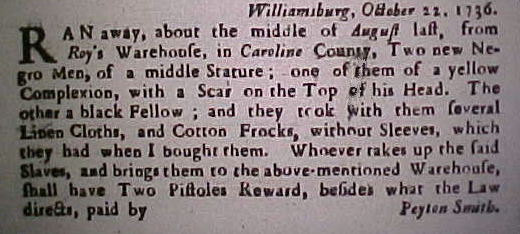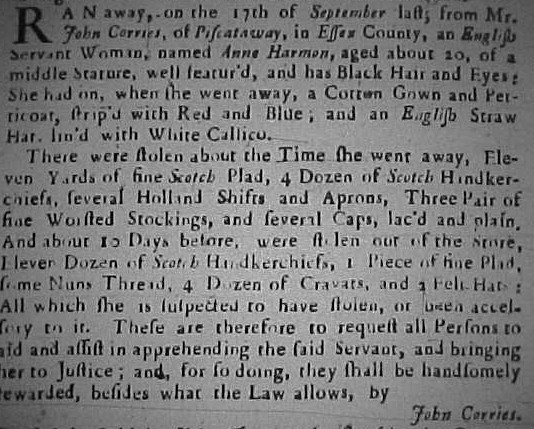He talks regularly of his last ship, and the adventure that was its final journey as a Royal Naval ship, HMS Alphios (or Alfios).
The Alphios had a curious history, and was certainly an interesting ship. The smallest ship my grandfather served on, with but two officers and him as the senior warrant officer, the bridge wasn’t covered and there were very few comforts. Some of his descriptions of the journey through heavy African seas is enough to make me never want to set foot on a ship again!
Macquarie to Alphios; whaler to minesweeper
The ship that my grandfather served on, HMS Alphios, was not originally known by that name. In fact the National Maritime Museum at Greenwich had this to say about it:“This must be the Norwegian whaler John Williamson ex Southern Breeze ex Viking III ex Viking ex Macquarie. She was owned by the Union Whaling Co Ltd (managed by A E Larsen) and operated in South African waters.
“The John Williamson was hired by the Admiralty for use as a minesweeper in 1941. She was lent to the Greek navy and named Alphios in the period 1943-47. She was wrecked off Durban in July 1948”This does seem right from what my grandfather recalls; he knew that the ship was originally a whaler (one of the smaller vessels which operated as a hunter – one of a pack of hounds to harry the whale) with an explosive harpoon mounted in the bow. He also knew that it was originally Norwegian, and that it was owned by the South African government (to whom they were delivering it) and had been in service with the Greek Navy (from whom they obtained it, apparently with a lot of work to be made shipshape and ready for the use of the Royal Navy!).
The journey to deliver the Alphios to Durban took more than 5 months. Supplies were often scarce as the impressive logistical machine that existed by the end of the war had been quickly dismantled. My grandfather talks of regular fishing by line from the stern, of sweeping up flying fish who’d found themselves on the deck, and of being regularly followed by sharks (especially concerning in bad weather when parts of the deck would be submerged by waves).
My grandfather talked about how seaworthy the Alphios wasn't, recalling one story where they were in Algiers for resupply where he had traded some freshly cooked chips for labour (polishing of boots in this case) from one of the native orphans. When the lad asked where he was going, and was told South Africa, he laughed, sure it was a joke.The fact the ship sank the year after it was safely delivered may well suggest this was not an unreasonable reaction!
The search...
My grandfather has a small collection of photographs of the ships he served on, usually taken by eager amateurs as ships came into port. The only one that is missing is the last one. The Alphios was small, unimpressive, perhaps unworthy of film - and the war was over by the time he was aboard.
I'm trying to find an image of the Alphios for my grandfather. The National Maritime Museum at Greenwich doesn't have one (and in fact the curator noted that "in general, requisitioned vessels of this kind are poorly represented in museum archives"), though does note that:
"We do have some relevant documents in the wreck section of our Lloyd's Survey Reports (box W/1034). There are plans showing midship section and boiler attached to the survey documents."My intention is to continue to find out more information (and indeed a recent cry for help on Twitter did lead to a new avenue of information, see first posting below), but if anyone happens to know more, or have any information or suggestions that might help, or has a picture of the Alphios I would love to hear from you!
Other nooks of the net
I have found some references to the Alphios (more commonly the Alfios, which seems to be the spelling used by the Hellenic Navy).
This posting to my Ship Forum says the following:
BUSEN 11, 255 or 279 grt, 10 kts, built 1931 (launch 4.3.31, compl. 6.10.31) by Nylands Verksted at Oslo, yard no. 314, 2 x 20 mm & 2 MG, crew of 20, was requisitioned by the Royal Navy in Oct. 1941 and renamed SNOWDRIFT, together with BUSEN 6, 263 grt built 1925 (renamed RAINSTORM) and BUSEN 7, 264 grt built 1926 (renamed SILHOUETTE). She was given pennant no. FY.1842. The requisition did probably take place in South Africa, as with many other whalecatchers based there, and SNOWDRIFT was then taken to the Mediterranean to serve as a minesweeper, again with other similar vessels. She was transferred to the Royal Hellenic Navy on 18.7.1943 as PINIOS together with FY.1854 SILHOUETTE (as ACHELOOS), TRANSVAALIA (as EVROTAS), R.N.N. FY.189 NOBLE NORA (as SPERCHIOS), and R.N.N. FY.308 JOHN WILLIAMSON (as ALFIOS): five whalers, the last three of 160 grt built in 1912 by Smith's Dock at South Bank, all to be used for mine-sweeping operations in Greek waters. PINIOS was mined and lost on 24 Oct. 1945 while sweeping a minefield off Preveza (Epyrus), with the loss of 22 members of her crew and only one survivor.
The Hellenic Navy "History" page has some information:
b. In July and August 1943 five (5) Norwegian "WHALEP" class ex Norwegian whalers granted, iron made, built 1939, 255 metric tons of displacement, 10 knots speed, armed with two (2) machine guns of 20mm). These were named "ALFIOS" - "ACHELOOS" - "EVROTAS" - "PINIOS" - "SPERCHEIOS".
...The eight (8) MS's "BYMS" type were stationed at Alexandria , while the "ALFIOS" type and the old sailing vessels were stationed at the Naval Bases of Beirut and Ammohostos.
There are two entries on Navypedia.org, one for the Royal Norwegian Navy and the other for the Hellenic Navy. The information presented is very similar, here an excerpt from the Hellenic Navy entry:
Ship project history: Aliakmon and three following ships were former British trawlers of Mersey class built in 1925-1926. In 1938 they were purchased by Hellenic Navy and converted to minesweepers-minelayers. Originally had designations Y1-4. Alfios and four following ships were former Norwegian trawlers, since Second World War beginning armed and commissioned by Royal Navy. In July-September, 1943 they were transferred to Greece and converted to minesweepers.
Oceania!, a universal maritime history wiki primarily dedicated to sailing merchant ships mainly for the period 1500-1939, has a small entry:
ALFIOS (FY 308) (../..12; 43 ex hol. “John Williamson”, 41 ex br. bzn, ex „Southern Breeze”, ex „Viking III”, ex „Viking”, ex „Macquarrie”; rekw. 2.41; 8.47: zwrot)

